PALS Practice Exam Tips and Strategies
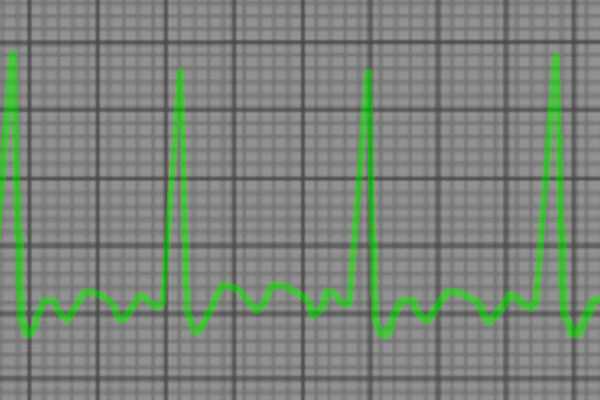
Success in healthcare assessments that focus on emergency and critical care requires both a solid understanding of theoretical knowledge and hands-on skills. Preparing for these evaluations involves reviewing key concepts, practicing clinical scenarios, and understanding protocols essential for life-saving interventions.
Comprehensive preparation strategies can significantly enhance your performance and boost confidence during the actual assessment. By focusing on core areas such as drug administration, emergency response techniques, and patient stabilization, you will be better equipped to handle various clinical situations with competence and clarity.
Studying for these assessments involves much more than simply memorizing procedures. It requires critical thinking, decision-making skills, and a deep familiarity with emergency guidelines. Emphasizing repetition and realistic scenarios in your review can help reinforce this knowledge and ensure you are fully prepared for any challenge you may face.
PALS Practice Exam Preparation Guide
Effective preparation for a critical care assessment focused on pediatric emergencies involves mastering both theoretical knowledge and practical skills. It is essential to develop a strong understanding of the protocols and procedures used in life-threatening situations, ensuring you can apply this knowledge confidently in a clinical setting.
One of the most important steps in preparation is familiarizing yourself with the key components of emergency care for children, such as drug dosages, airway management, and advanced resuscitation techniques. Additionally, simulating real-life scenarios can help you build the decision-making skills necessary for high-pressure situations.
| Topic | Key Focus Areas | Recommended Resources |
|---|---|---|
| Assessment Protocols | Airway management, shock recognition, CPR techniques | Guidelines, flashcards, online courses |
| Drug Dosages | Common emergency medications, proper administration | Dosage charts, mobile apps |
| Clinical Scenarios | Real-life simulations, team coordination | Simulation practice, group study sessions |
Incorporating a variety of study methods–such as mock sessions, self-assessment quizzes, and review of critical care guidelines–ensures that you not only understand the content but are also able to apply it effectively during the actual evaluation. By approaching your preparation from multiple angles, you can increase both your confidence and competency in handling pediatric emergencies.
Understanding the PALS Exam Structure

To succeed in a pediatric emergency care assessment, it’s crucial to understand the structure of the evaluation. This test is designed to assess both theoretical knowledge and practical skills in managing critical pediatric situations. The assessment consists of multiple components that test your ability to make quick decisions and apply life-saving techniques under pressure.
Key Components of the Assessment
The evaluation typically includes both written questions and practical scenarios. The written section covers topics such as emergency protocols, drug dosages, and patient management strategies. It tests your understanding of core concepts and your ability to recall critical information during stressful situations.
Simulation and Practical Stations
In addition to the written test, the practical portion involves hands-on simulations. These scenarios place you in realistic situations where you must demonstrate your ability to assess, manage, and treat a pediatric patient in need of urgent care. The goal is to evaluate your competency in following established procedures, making decisions on the spot, and working effectively as part of a medical team.
Key Topics to Focus on for PALS
When preparing for a pediatric emergency care assessment, focusing on the most important areas will ensure you are fully equipped for success. The assessment tests your ability to manage pediatric patients in critical situations, so it’s essential to prioritize the topics that are most likely to appear. By understanding these key areas, you can confidently approach the evaluation and demonstrate your expertise in emergency response.
- Airway Management: Techniques for clearing and maintaining airways, including advanced ventilation strategies.
- CPR and Resuscitation: Key steps in providing effective cardiopulmonary resuscitation and stabilizing patients.
- Shock Recognition: Identifying various types of shock in pediatric patients and knowing the appropriate interventions.
- Drug Doses and Administration: Familiarity with the correct medication dosages and routes for emergency treatments.
- Defibrillation and Pacing: Proper use of defibrillators and understanding when pacing is necessary.
- Fluid and Electrolyte Management: Understanding the importance of maintaining fluid balance and correcting electrolyte imbalances.
Focusing on these core areas will help reinforce the knowledge required to perform well in critical care situations. By practicing these essential skills and reviewing related concepts, you will be better prepared for a successful evaluation.
Effective Study Strategies for Success
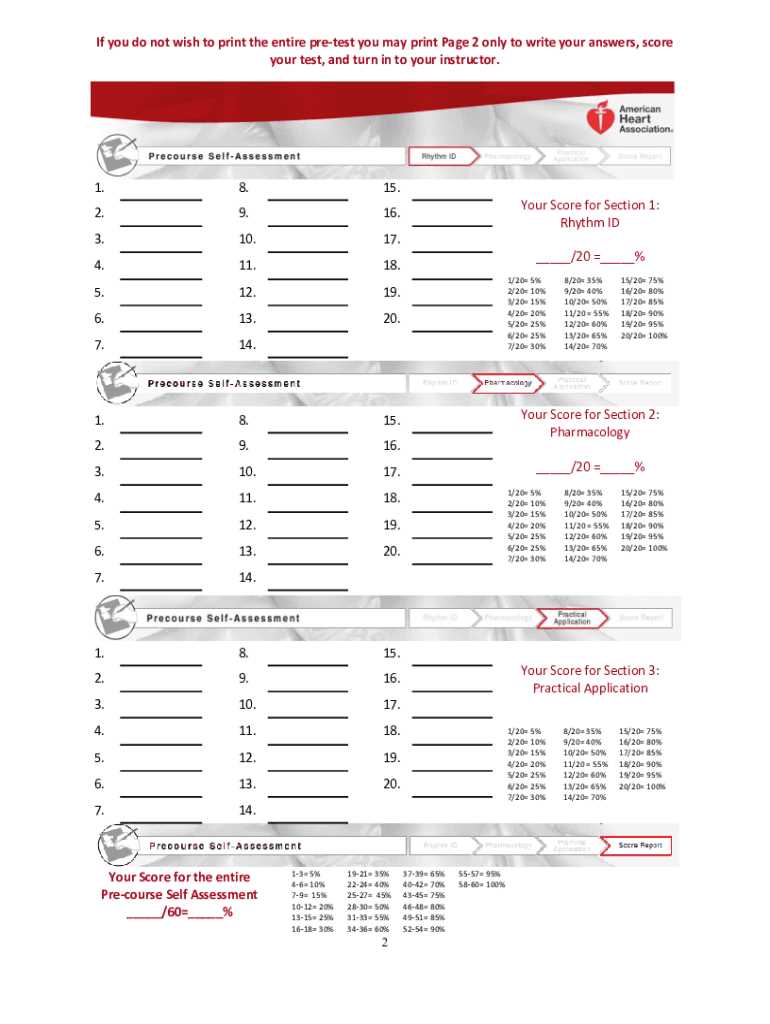
To perform well in an emergency care assessment, it’s essential to adopt the right study techniques. Simply reading through materials won’t be enough to ensure success. Focused and strategic preparation will help you not only retain information but also develop the skills necessary to apply that knowledge in high-pressure situations.
Active Learning and Practice
One of the most effective ways to retain complex information is through active learning. Instead of passively reading, engage with the material by taking notes, summarizing key points, and testing yourself regularly. Practice scenarios, such as simulated emergencies or mock assessments, will help reinforce your knowledge and improve your decision-making abilities.
Time Management and Focused Sessions
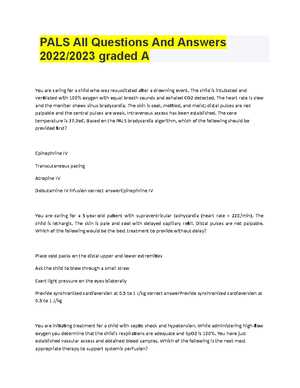
Proper time management is crucial when preparing for a challenging evaluation. Break down your study sessions into focused intervals with specific goals for each session. Prioritize the most difficult topics and review them consistently, while also ensuring you allocate time for practice and self-assessment to track your progress.
Common Mistakes to Avoid During the Exam
During an emergency care assessment, it’s easy to make mistakes that can affect your performance. Being aware of common pitfalls and knowing how to avoid them can significantly improve your chances of success. By recognizing these errors ahead of time, you can stay focused and ensure you’re demonstrating your skills effectively under pressure.
One of the most frequent mistakes is rushing through questions or scenarios without fully considering all options. It’s essential to take your time, carefully read instructions, and think critically before making decisions. Another common error is neglecting to review key protocols and guidelines beforehand, which can lead to confusion when faced with challenging scenarios.
Lastly, failing to manage stress during the assessment is a critical mistake. Anxiety can cloud your judgment and slow down your response time. Practicing relaxation techniques and maintaining a calm mindset will help you remain focused and respond with clarity when required.
How to Manage Time on the Test

Effective time management is crucial for success in any high-stakes assessment. The pressure to answer questions quickly, while maintaining accuracy, can be overwhelming. By following a few strategic techniques, you can ensure that you use your time efficiently and make the most of every moment during the evaluation.
Prioritize and Organize
Before starting, take a moment to assess the structure of the test. Identifying the sections with more complex content can help you plan where to allocate more time. Prioritize sections that require detailed responses or practical application, and leave easier questions for when you’re running low on time.
- Start with familiar topics to build confidence.
- Allocate time for more challenging sections based on complexity.
- Skim through the entire test to get a sense of the questions’ difficulty.
Time-Saving Techniques During the Test
While taking the test, implement strategies that help you stay on track and avoid wasting time. Don’t get stuck on a single question–if you’re unsure, move on and return to it later. Keep an eye on the clock to ensure you’re pacing yourself properly and not spending too much time on one section.
- Set mini-deadlines for each section to stay on schedule.
- Answer easier questions first, then revisit harder ones.
- Read questions carefully, but avoid overthinking answers.
By staying organized and managing your time wisely, you can reduce stress and maximize your performance during the assessment.
Best Resources for PALS Exam Practice
To effectively prepare for a pediatric emergency care assessment, utilizing the right resources is essential. A combination of textbooks, online materials, and hands-on simulations can provide a well-rounded study experience. These resources help reinforce key concepts, practice skills, and simulate real-life scenarios to ensure you are ready for any challenge that may arise during the assessment.
Books and Study Guides
One of the most reliable resources for foundational knowledge is a well-regarded textbook or study guide. These books often contain comprehensive coverage of the necessary protocols, medical guidelines, and treatment algorithms. They also include practice questions to test your understanding and help you retain key information.
- Advanced Cardiovascular Life Support (ACLS) Provider Manual
- Pediatric Advanced Life Support (PALS) Study Guide
- Emergency Care Textbooks
Online Courses and Tutorials
Online platforms offer a wide range of interactive courses designed to help you review core concepts, practice emergency scenarios, and test your knowledge. These courses often feature video lessons, quizzes, and simulated case studies, making it easy to study at your own pace. Some platforms also offer virtual simulations of emergency care situations, which provide valuable hands-on experience.
- Online medical education platforms (e.g., Medscape, Coursera)
- Simulation-based training websites
- Interactive video lessons
By using these resources, you can build confidence and ensure you’re well-prepared for the assessment, mastering both theoretical knowledge and practical skills necessary for success in the field.
Preparing for PALS Skill Stations
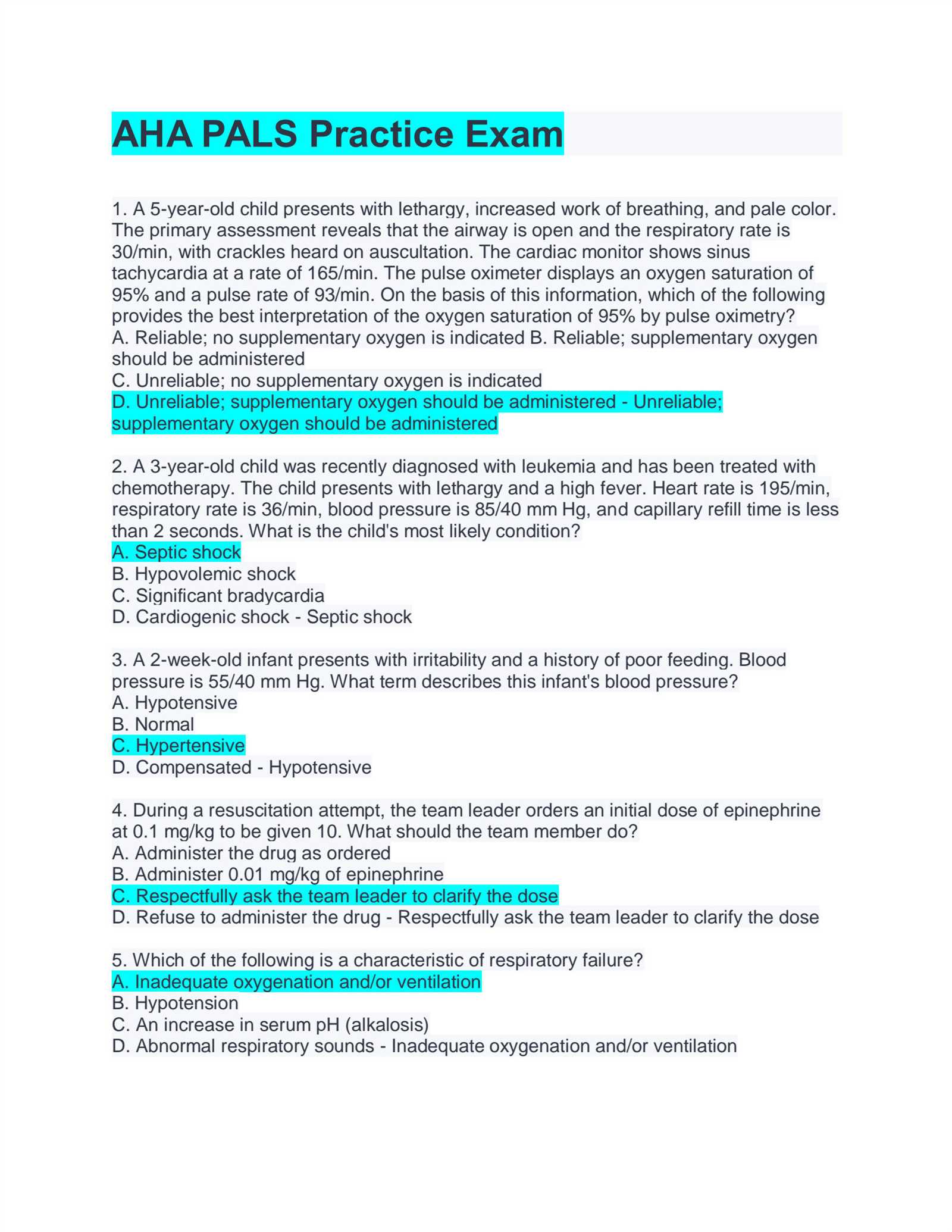
One of the key components of a pediatric emergency care assessment involves hands-on skill stations, where you’ll be required to demonstrate your practical abilities in real-time scenarios. These stations test your competence in applying life-saving procedures, such as airway management, CPR, and medication administration. Preparing for these skill stations requires practice, confidence, and a thorough understanding of emergency protocols.
Key Skills to Focus On
To ensure you’re fully prepared for skill stations, focus on the following essential techniques that will be tested during the evaluation:
- Airway Management: Ensure you can quickly and accurately secure an airway and provide necessary ventilation.
- Cardiopulmonary Resuscitation (CPR): Practice proper chest compressions and rescue breathing for pediatric patients of various ages.
- Defibrillation: Familiarize yourself with the use of defibrillators and understanding when and how to apply shocks.
- Medication Administration: Learn the correct dosages, routes, and timing for emergency drugs in pediatric patients.
- Teamwork and Communication: Practice working efficiently as part of a team, ensuring clear communication and delegation of tasks.
Tips for Effective Practice
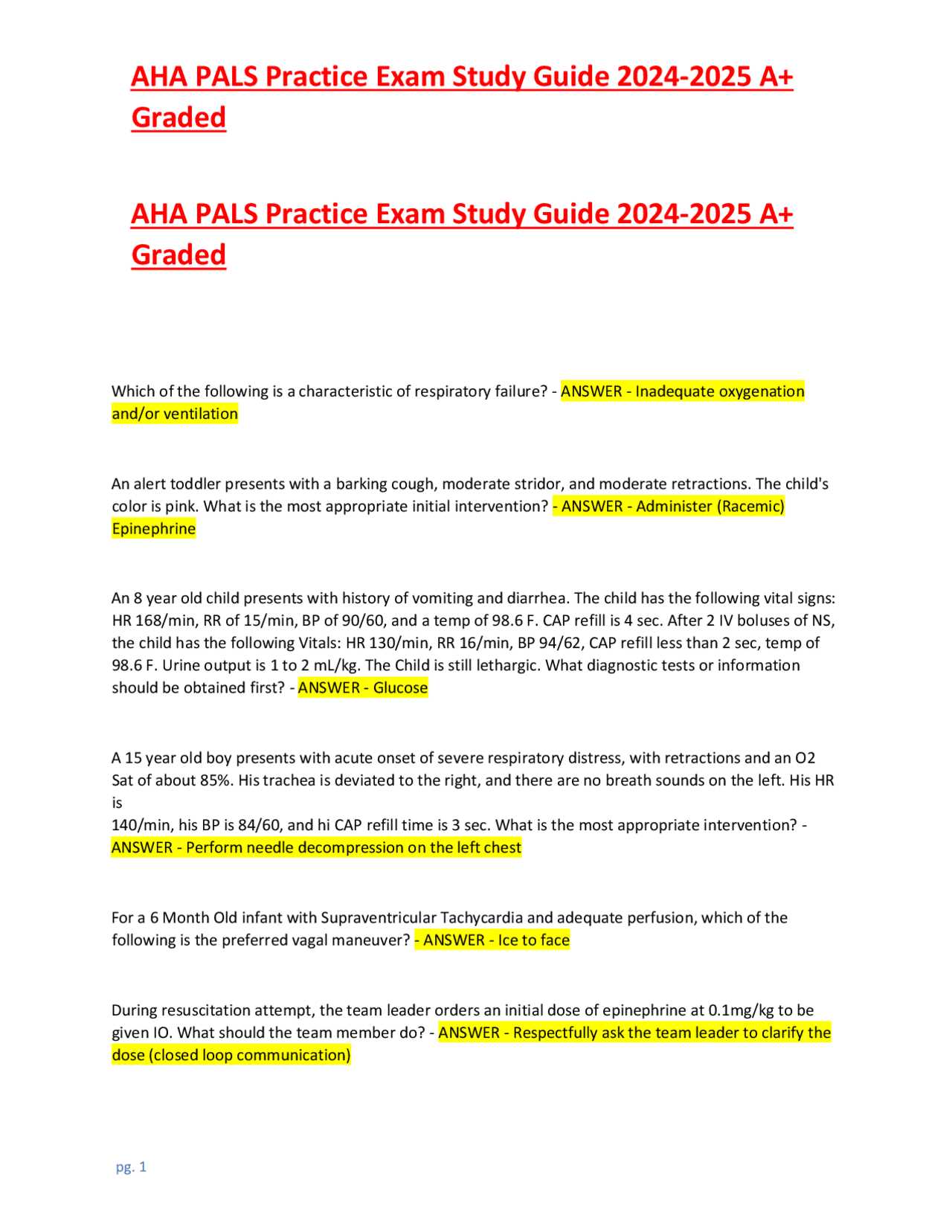
When preparing for skill stations, it’s essential to practice under timed conditions. This will help you get comfortable working quickly and accurately. Additionally, simulate real-life scenarios as much as possible by practicing with peers or using simulation-based platforms. Repetition is key to mastering techniques, so make sure to consistently review and practice each skill until you can perform it smoothly without hesitation.
- Practice under pressure to simulate real-time decision making.
- Use feedback from instructors or peers to improve your technique.
- Focus on developing muscle memory for common procedures.
By dedicating time to mastering these hands-on skills and practicing regularly, you’ll approach the skill stations with confidence and be well-prepared to handle any scenario that may arise.
How to Handle PALS Simulation Scenarios
Simulation scenarios are designed to mimic real-life emergency situations, providing a hands-on opportunity to apply critical care knowledge and decision-making skills. These scenarios are a vital part of the assessment process, allowing you to demonstrate your ability to think quickly and act decisively in high-pressure situations. Being prepared for these simulations requires a combination of knowledge, practice, and effective teamwork.
When faced with a simulation, the first step is to stay calm and assess the situation quickly. Gather relevant information, identify the primary concerns, and prioritize interventions. Understanding the situation is crucial for making informed decisions and ensuring the best possible outcome for the patient. Clear and concise communication with the team is also essential, as it ensures everyone is aligned and working towards the same goal.
Key Tips for Handling Simulation Scenarios:
- Stay calm and composed–Panic can cloud your judgment, so focus on staying level-headed throughout the scenario.
- Assess the situation rapidly–Quickly identify the primary concerns, such as airway, breathing, circulation, and overall stability.
- Delegate tasks effectively–Work with your team to divide responsibilities and ensure that each action is taken at the right time.
- Communicate clearly–Give clear instructions and updates, ensuring the team is informed of all critical changes in the scenario.
- Follow established protocols–Stay familiar with guidelines and algorithms to ensure that your interventions are evidence-based and timely.
By practicing these strategies and staying focused on the scenario, you’ll be better equipped to handle any simulation and demonstrate the necessary skills to excel under pressure.
Test Anxiety and How to Overcome It
Feeling anxious before a high-stakes assessment is a common experience. The pressure to perform well, coupled with the fear of making mistakes, can often lead to feelings of stress and unease. However, understanding how to manage this anxiety is crucial for achieving success. By applying certain techniques and strategies, you can control your nerves, stay focused, and perform to the best of your ability.
Understanding the Causes of Test Anxiety
Test anxiety is often rooted in fear of failure, perfectionism, or a lack of confidence in one’s abilities. It can manifest physically through symptoms such as a racing heartbeat, sweaty palms, or difficulty concentrating. Recognizing the symptoms of anxiety is the first step in addressing them. By understanding why you feel anxious, you can take proactive steps to calm your mind and regain control.
Effective Strategies for Managing Anxiety
There are several proven methods to help manage test-related anxiety. One of the most effective is practicing relaxation techniques such as deep breathing or meditation. These techniques help to calm the mind and reduce physical tension. Another key strategy is proper preparation. The more prepared you are, the less likely you will feel overwhelmed by uncertainty on the day of the test.
- Practice mindfulness and deep breathing exercises before the test.
- Visualize success by imagining yourself performing well.
- Ensure adequate sleep and rest the night before the assessment.
- Break down study sessions into smaller, manageable chunks to avoid cramming.
- Stay positive and focus on your strengths, rather than your fears.
By incorporating these techniques into your routine, you can reduce test anxiety and approach the challenge with a calm and clear mindset, improving both your performance and overall experience.
Tips for Memorizing PALS Algorithms
Memorizing clinical algorithms is a crucial part of preparing for any emergency care assessment. These algorithms provide step-by-step guidance for managing life-threatening situations, and being able to recall them quickly can be the difference between success and failure. The key to mastering these protocols is to approach them strategically, breaking them down into manageable parts and reinforcing them through repetition and active recall.
One of the most effective methods for memorization is understanding the logic behind the algorithms, rather than just rote memorization. Once you understand why each step is important and how it fits into the overall process, it becomes easier to remember the flow and key actions involved. Additionally, associating each step with a visual aid or a mnemonic device can further reinforce the information and help you recall it under pressure.
- Break down the algorithm into smaller, more digestible sections to make it easier to learn each part.
- Use mnemonics or acronyms to create memorable shortcuts for complex sequences.
- Visual aids such as flowcharts or diagrams can help reinforce the logical flow of steps.
- Practice regularly by testing yourself on the algorithms and simulating real-world scenarios to apply your knowledge.
- Teach others–explaining the algorithms to a peer can deepen your understanding and help solidify your memory.
By adopting these techniques and incorporating them into your study routine, you can improve your ability to recall and apply life-saving algorithms during high-pressure situations, ensuring you are well-prepared for any emergency care challenge.
Understanding PALS Drug Doses and Uses
In emergency pediatric care, knowing the appropriate drug doses and their uses is essential for providing timely and effective treatment. Different medications are used to manage a variety of life-threatening conditions, and each drug has specific indications, dosages, and potential side effects. Mastering this information is crucial for quick decision-making and ensuring the best outcomes for young patients.
Key Medications and Their Applications
Medications in pediatric emergency care are used for resuscitation, stabilization, and symptom management. Each drug must be administered at the correct dosage based on the patient’s age, weight, and condition. It is vital to understand both the pharmacodynamics (how the drug works) and pharmacokinetics (how the body processes the drug) to ensure it is used effectively. Below are some commonly used medications in critical pediatric care:
- Adrenaline (Epinephrine)–used for managing cardiac arrest, anaphylaxis, and severe asthma attacks.
- Amiodarone–indicated for the treatment of ventricular arrhythmias, including in cases of sudden cardiac arrest.
- Lidocaine–an antiarrhythmic used to treat irregular heart rhythms in pediatric patients.
- Atropine–used for bradycardia and to reverse the effects of certain toxins and medications.
- Dopamine–used for treating shock, especially in cases of poor perfusion due to heart failure or severe sepsis.
Calculating Drug Dosages
Accurate drug dosage calculation is essential to avoid underdosing or overdosing, both of which can have serious consequences in pediatric care. Dosage is often based on the child’s weight, with many drugs requiring doses in milligrams per kilogram (mg/kg). It’s important to have a reliable method for calculating and verifying doses, such as using weight-based formulas or referring to established drug reference charts. In some cases, drug doses may also be adjusted for specific conditions like liver or kidney dysfunction.
Understanding these medications and their correct dosages can significantly improve the quality of care provided to children in critical conditions. By familiarizing yourself with the uses, indications, and dosages, you will be better equipped to act swiftly and effectively in emergency situations.
What to Expect on Exam Day
The day of your assessment can be both exciting and nerve-wracking. Knowing what to expect beforehand can help you feel more confident and prepared. On the day of the test, you will encounter a structured environment designed to evaluate your knowledge and skills in real-time, with various components that simulate high-pressure situations in emergency care. The more familiar you are with the format and what lies ahead, the better you can manage your time and energy throughout the process.
Key Aspects of the Test
Your assessment will likely consist of a mix of written questions and skill stations. The written portion will assess your theoretical knowledge, including protocols, drug dosages, and emergency response strategies. The skill stations are hands-on and may involve real-time decision-making scenarios, where you must demonstrate your ability to manage critical situations. It’s important to approach each segment with focus and a clear understanding of the expectations.
| Section | Content | Duration |
|---|---|---|
| Written Test | Multiple-choice questions covering medical knowledge, procedures, and protocols. | Approximately 60 minutes |
| Skill Stations | Hands-on scenarios to assess your ability to manage emergencies. | Approximately 60-90 minutes |
| Feedback | Constructive review of performance, including areas of strength and improvement. | Varies |
Preparing Mentally and Physically
In addition to studying the material, it’s crucial to take care of yourself the night before and the morning of the assessment. Ensure you get enough sleep, eat a nutritious meal, and stay hydrated. Managing stress and anxiety is key–take deep breaths and remind yourself that you’ve prepared for this moment. During the test, stay calm and focused, and approach each scenario with the mindset that it’s an opportunity to demonstrate your skills.
By understanding what to expect on the day of the test, you can reduce surprises and manage your time and performance effectively, ensuring you are as prepared as possible for the challenges ahead.
How to Improve Your Knowledge in Emergency Care

Enhancing your understanding of emergency care protocols and life-saving techniques requires a dedicated approach to both theoretical learning and hands-on practice. Consistently reinforcing key concepts and staying up to date with the latest guidelines are essential steps in building a strong foundation. By actively engaging with learning materials, participating in practical exercises, and reviewing your performance, you can ensure a deeper comprehension of critical care procedures.
One effective method for improvement is regularly reviewing study guides and textbooks that cover the core topics of patient management during critical situations. Focus on mastering the decision-making process in life-threatening scenarios, including proper drug dosages, airway management, and resuscitation techniques. Supplementing your learning with online resources, workshops, and simulation training also helps to reinforce the practical skills needed in a real-world setting.
Additionally, peer discussions and study groups can provide valuable insights, as sharing experiences and problem-solving approaches allows for a more comprehensive understanding of the subject matter. Keeping track of your progress and areas that require further attention ensures a well-rounded mastery of the material.
Mock Exams: Why They’re Important
Simulating real-world assessments through mock tests is an essential part of preparing for any certification or skills evaluation. These practice sessions allow you to familiarize yourself with the structure, timing, and types of questions or tasks you will encounter. Additionally, they help reduce anxiety and boost confidence by providing an opportunity to gauge your readiness and identify areas for improvement before the actual evaluation.
Mock exams offer more than just a chance to test your knowledge; they also help you refine your time management skills, increase your familiarity with key concepts, and pinpoint weak spots in your preparation. By repeatedly engaging in these mock scenarios, you can approach the real test with greater ease and precision, ensuring optimal performance.
| Benefit | Explanation |
|---|---|
| Familiarity with Structure | Helps you understand the format and flow of the actual assessment, reducing surprises. |
| Time Management | Teaches you how to allocate time efficiently during the assessment, ensuring you can complete all sections. |
| Confidence Boost | Gives you the opportunity to experience the exam conditions and boost your self-assurance. |
| Identify Weaknesses | Helps you spot areas where further study is needed, allowing you to focus your efforts. |
Incorporating mock tests into your study plan is a highly effective strategy for achieving success. They provide a safe environment to refine your skills, build confidence, and increase your chances of performing at your best during the actual assessment.
Post-Assessment Review and Next Steps

After completing a major evaluation, it is crucial to take time for reflection and review. This phase helps you understand your performance, recognize strengths, and identify areas that need improvement. Reviewing the results thoroughly allows you to gain insights into your preparation and fine-tune your approach for future assessments.
Post-assessment analysis is an essential step to ensure continuous improvement. It offers the opportunity to evaluate which areas were well-understood and which concepts require more attention. Whether you’ve succeeded or need further practice, this stage will guide you on the next steps in your learning journey.
Steps for Effective Post-Assessment Review
- Analyze Mistakes: Review the incorrect answers or tasks and understand why they were wrong. This is crucial for learning and avoiding similar mistakes in the future.
- Focus on Weak Areas: Identify any topics or skills where you struggled. Allocate extra study time to these areas to strengthen your understanding.
- Review Correct Answers: Ensure that you understand why your correct responses were right. This reinforces your knowledge and boosts confidence.
- Seek Feedback: If possible, ask a mentor or instructor for feedback on your performance to gain additional insights.
Next Steps After Review
- Develop a Study Plan: Based on your review, create a tailored study plan to address the areas that need improvement.
- Use Additional Resources: Explore supplementary materials, such as videos, guides, or practice tasks, to deepen your understanding.
- Practice Regularly: Engage in continuous practice and simulated scenarios to build confidence and competence.
- Take Another Test: When you feel ready, take another mock assessment to measure progress and continue building proficiency.
By reviewing your performance and identifying actionable steps, you’ll improve not only your knowledge but also your ability to apply it effectively. This methodical approach will keep you on track and prepared for future challenges.